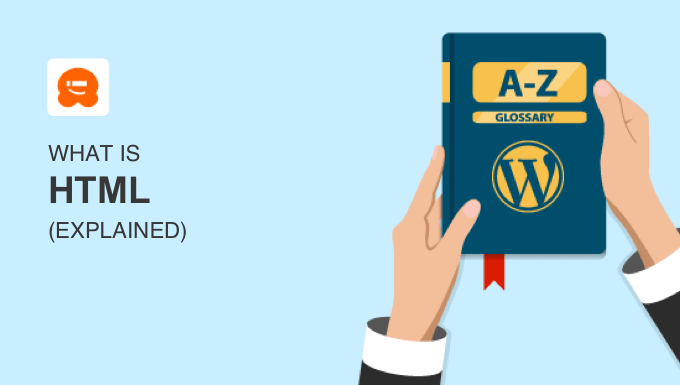HTML, which stands for ‘HyperText Markup Language’, is the coding language that structures all webpages on the World Wide Web.
It instructs web browsers on how to present content on these pages. Although having knowledge of HTML can be beneficial, it is not necessary for building a WordPress website.
Nonetheless, being able to edit HTML can be advantageous for advanced customization and resolving various issues.
What Is HyperText Markup Language (HTML)?
Every web page is created using HTML code, and usually also CSS and JavaScript code. That makes HTML very important for all websites.
We said earlier that HTML stands for ‘HyperText Markup Language’. Let’s break that down:
- HyperText means that you can add links to your web pages. These links can take you to related pages on your own website or other websites. They also let you jump from one part of the current page to another.
- Markup refers to special codes or tags that you can use to describe or define different parts of your document. They give instructions on how the text should be displayed or the type of content it is.
In short, HTML is a language used to create the basic structure of a webpage.
Examples of HTML Code
HTML markup employs a system of tags that are contained within angle brackets. These tags specify different elements, including paragraphs, headings, links, images, and others.
For instance, every paragraph on a webpage is enclosed in paragraph tags like this: This is a paragraph of text in HTML.
Additionally, HTML tags allow you to create up to six levels of headings on your site, as demonstrated here: —-
This Is a Main Heading
This Is a Subheading
You can create links in HTML using anchor tags like this:
You can also add images to a web page using HTML by specifying the image’s URL and a description like this:
For beginners, HTML markup can appear quite intimidating. You might be questioning whether a grasp of HTML is necessary for creating a website.
Do you really need to know HTML to create a WordPress website? In the early days of the internet, static websites were commonly developed using HTML code, but times have changed. Nowadays, most websites are created with website builders that do not require any knowledge of HTML.
WordPress, the most widely used website builder, powers 43% of all websites on the internet. Rather than making you grapple with complicated HTML tags for structuring paragraphs, headings, and other elements, WordPress offers a user-friendly block editor.
This feature lets you design a webpage simply by dragging and dropping blocks into the content area. There are various blocks available for paragraphs, headings, lists, images, and much more.
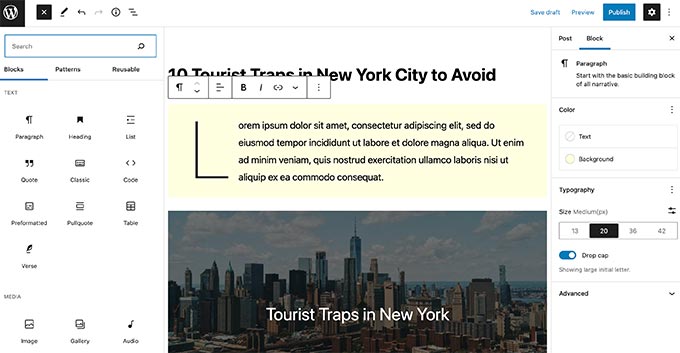
An alternative method for designing web pages in WordPress is to utilize a drag-and-drop page builder plugin. These tools enable you to craft personalized WordPress website layouts without needing to write any code.
Among these, SeedProd stands out as the top page builder plugin available, allowing you to effortlessly design custom pages such as landing pages, coming soon pages, and even entire tailor-made WordPress themes.
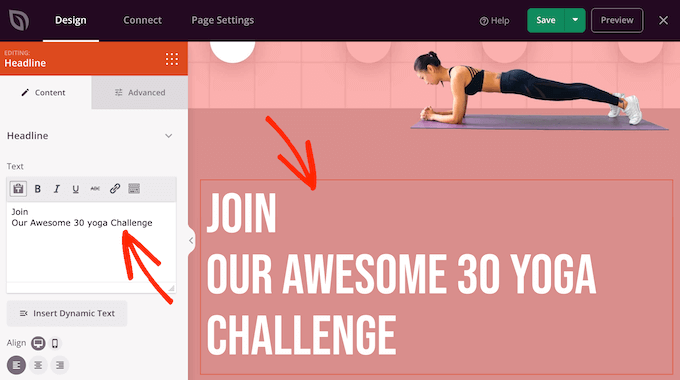
Regardless of whether you utilize the WordPress block editor or a page builder plugin, the necessary HTML code for your website is automatically generated in the background.
To delve deeper into the differences between website builders and coding a site from the ground up, check out our comprehensive beginner’s guide on how to code a website.
Adding or Editing HTML Code in WordPress
Although it’s not necessary to know HTML to build a website, having a basic understanding can be useful for resolving issues or for making more intricate modifications.
In the WordPress block editor, you can access and modify the HTML code of a specific block by choosing ‘Edit as HTML’ from the three-dot menu.
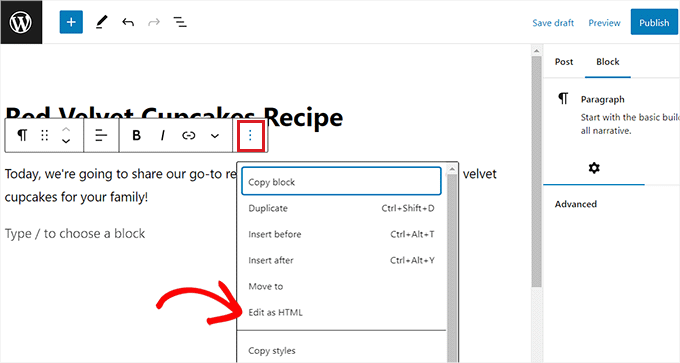
It is also easy to add new HTML to a post or page.
Simply drag a Custom HTML block onto the content area and then add your HTML code.
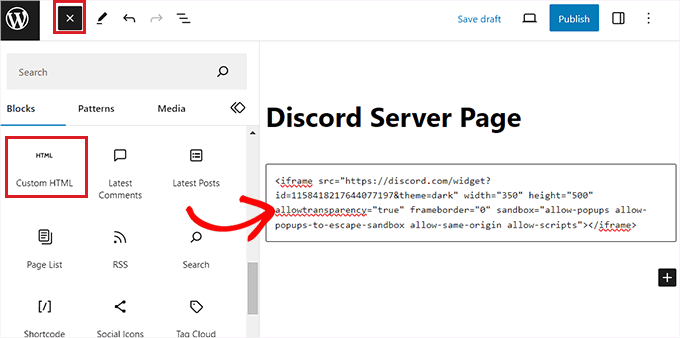
For more details, check out our guide on editing HTML in the WordPress code editor. Another way to incorporate HTML on your site is by adding special characters, such as the copyright or trademark symbols.
To do this, simply modify the HTML of the block—input © for the copyright symbol or ™ for the trademark symbol.
For further guidance, refer to our tutorial on adding special characters in WordPress posts. You may also be interested in examining the HTML code of other websites.
Modern web browsers, such as Google Chrome and Mozilla Firefox, offer built-in tools that enable you to inspect the HTML and CSS code of any web page.
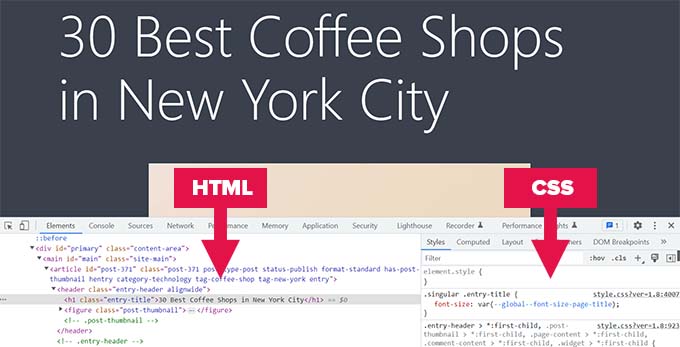
This can be useful when looking for inspiration for your own website. You can also safely experiment with editing the code because it will only affect how the site appears in your own web browser.
For details, see our guide on the basics of the Inspect Element.
What Is the Difference Between HTML and CSS?
In our previous discussion, we highlighted how modern web browsers enable you to examine the HTML and CSS code of any webpage.
You might be curious about the distinction between these two types of code. HTML serves to outline the structure and content of a webpage, while it does not dictate the visual presentation of these elements. That role belongs to CSS, which stands for ‘Cascading Style Sheets’.
CSS is a language designed to help you style your website. For instance, it informs the user’s web browser regarding the background color of the page, the font size and color for headings and paragraphs, text alignment, and much more.
The CSS applied to your website is determined by the WordPress theme you select. Nevertheless, you have the option to customize the appearance of your site by modifying the CSS code. Our guide on adding custom CSS to your WordPress site offers further insights on this topic.
We hope this article enhanced your understanding of HTML within WordPress. You may also find our Additional Reading list below valuable for related articles covering essential WordPress tips, tricks, and ideas.
If you enjoyed this article, consider subscribing to our YouTube Channel for WordPress video tutorials and connect with us on Twitter and Facebook.


